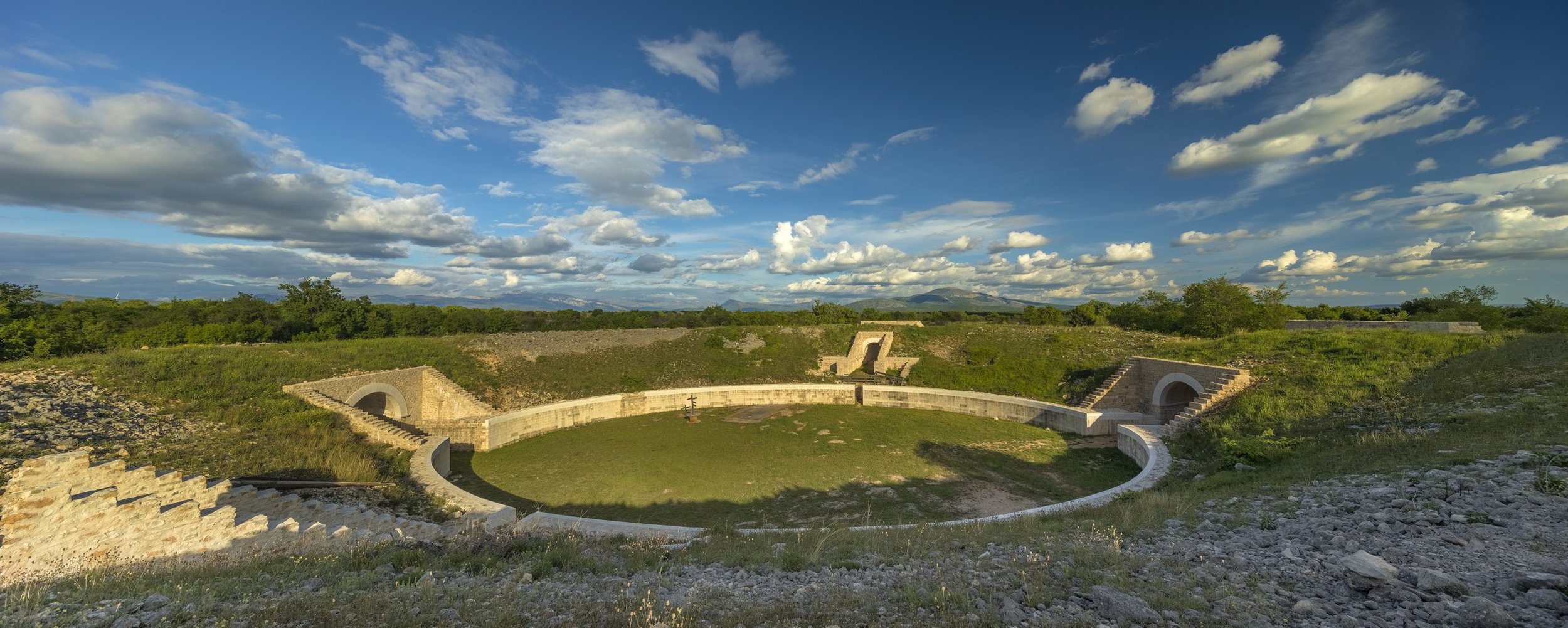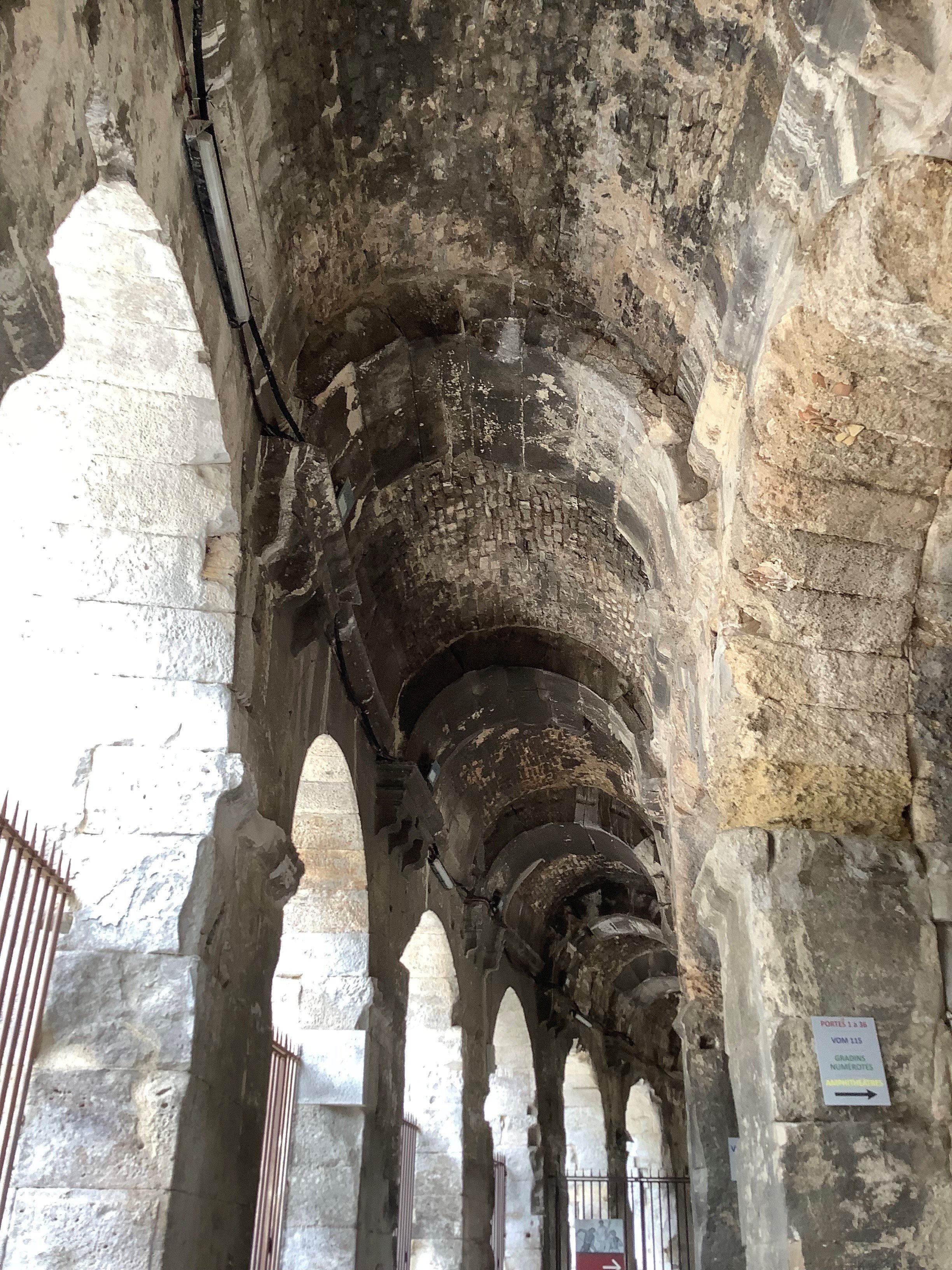Construction Types
Not all Roman amphitheatres are the same size and not all performed exactly the same function. Smaller training arenas, those attached to outlying military camps, the local topography, finances, available materials and the Imperial era and area in which they were built, offer clues as to differences in size and construction. This doesn’t explain everything, for example the seating capacity of amphitheatres varies from a few thousand to 50,000 plus, and in some cases this exceeded the population of the associated town/city/camp of the period.
A brilliant and comprehensive account of the history, evolution, rescue and restoration of a Roman Amphitheatre can be found on the website The Nîmes Arena (nimes.fr) it contains plans, virtual tours (no substitute for the real thing of course) old photographs, maps and documents charting how this particular example survived over the last two millennia.
There’s an interesting section on construction, which places Amphitheatres in five general categories of solid or hollow structures:
Type 1
– ‘Amphitheatre with wooden frame built against an embankment.’ This could start as a natural hollow or man-made central pit around which an earth bank was thrown up. This would be contained by a perimeter stockade and wooden bleachers on supports would be mounted on top. The ‘Piste’ or playing surface could be defined by a stone wall or stockade. (Silchester)
Type 2
- Amphitheatre with a solid structure and cavea supported by continuous rubble foundations. Like type 1 but with the embankment of wooden seating supported by a rubble core, a stone piste wall and an outer stone revetment. (Burnum)
Type 3
- Amphitheatre with a solid structure and cavea supported by compartmentalized rubble. More robust construction and stone seating. This type could incorporate external staircases and vomitoria. (Merida, Pompeii)
Type 4
- Amphitheatre with a solid structure and cavea supported by juxtaposed "chambers". This could be a combination construction which uses a natural valley or hollow to shape and support the arena but also incorporates some fully hollow construction. (Saintes)
Type 5
- Amphitheatre with a hollow structure. A fully realised Amphitheatre built on a flat site, enclosed by a ring of stone arches with internal circulation spaces, stairs and vomitoria. (Nimes)
Type 6?
To me there is a sixth type, where a low stone structure and walled piste supported a hollow wooden structure of bleachers with no earth or rubble embankment. (Empurias)





